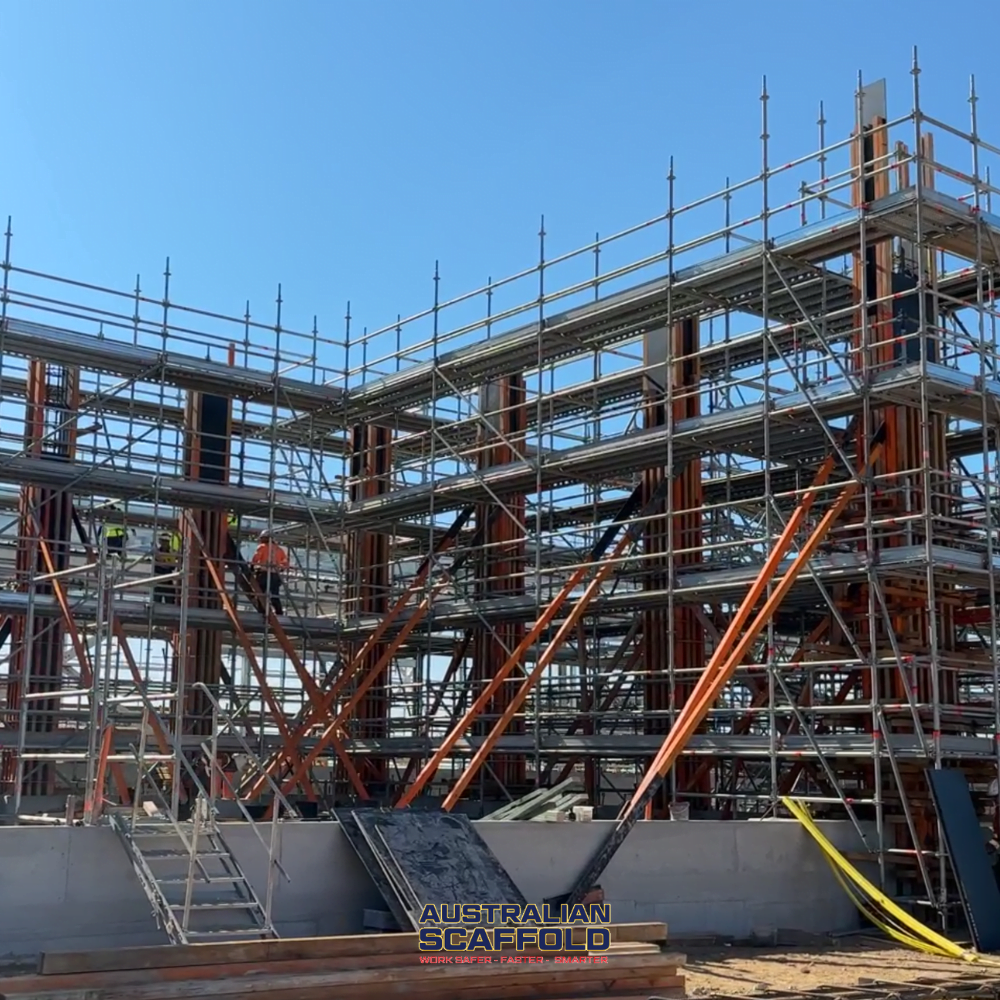When does scaffolding need to be inspected?
When should you inspect scaffolding? Large-scale construction and repairs often require scaffolding. Whether you’re building a new commercial structure, rehabbing an existing building, or undertaking any significant project, you may require the services of a professional scaffolding company to assist you in setting up all the necessary equipment.
To ensure the safety of your workers and compliance with Australian workplace safety regulations, it’s essential for you to understand when and how frequently you should inspect your scaffold structure. Not sure about when scaffolding needs to be inspected? Continue reading to learn about Australian scaffolding inspection laws and common sense best practices that will help maintain the safety of your workers.
When Should My Scaffolding Be Inspected?
Safe Work Australia outlines several guidelines regarding scaffolding inspection.
First, a scaffold – whether it’s a spur, hung, suspended, or cantilevered scaffold – from which any person or object could fall for more than 4 meters must undergo inspection. Written confirmation from a competent person certifying the scaffold’s construction completion is necessary before using it.
Moreover, a competent person must inspect both the scaffold and its related supporting structures in the following situations:
- Before scaffolds and scaffolding are put into use and in the event of an incident that could compromise structural safety (such as damage or shifting of the scaffold).
- Before using the scaffold again after any necessary repairs (as mentioned in point 1).
- At least once every 30 days to ensure the scaffold’s ongoing safety and integrity.
Additionally, if an inspection reveals that the scaffold and related supporting structures pose health or safety risks, they must be repaired, modified, and then reexamined before use.
Finally, even scaffolds with a fall risk of less than 4 meters should undergo inspection before use, after incidents that may compromise the structure, or following repairs, modifications, or the addition of new materials or components.
The criteria for being considered a “competent person” can vary, but generally, it involves the ability to identify and recognize existing, predictable hazards and understand how to eliminate dangerous working conditions. If you lack expertise in scaffolding, it’s advisable to hire a professional for inspections to ensure employee safety and minimize liability.
Our Guarantees
- Provide after sales service
- Treat all customers with respect
- Stand behind the quality of our products
- Formulate solutions to any work related problem
Service Areas Include:
- Greater Sydney
- Sydney CBD
- Blue Mountains
- Eastern Suburbs
- Greater Western Sydney
- Hills District
Latest News
Related Topics
- Which scaffolding system is best?
- Which scaffolding holds more weight?
- When is double scaffolding used?
Australian Scaffolds History
We’ve provided New South Wales with expert scaffolding services for years at Australian Scaffolds. We offer a full range of equipment and materials for hire and for sale. We can help you create a safe and secure scaffolding solution.
With our knowledge of modern scaffolding best practices, we can help clients of all types get what they need – from construction companies, to painters, window cleaning companies and more.
Contact Us
Please get in touch with Australian Scaffolds on 1300 919 905 for further information. You can visit us and check out our scaffold and edge protection systems.

